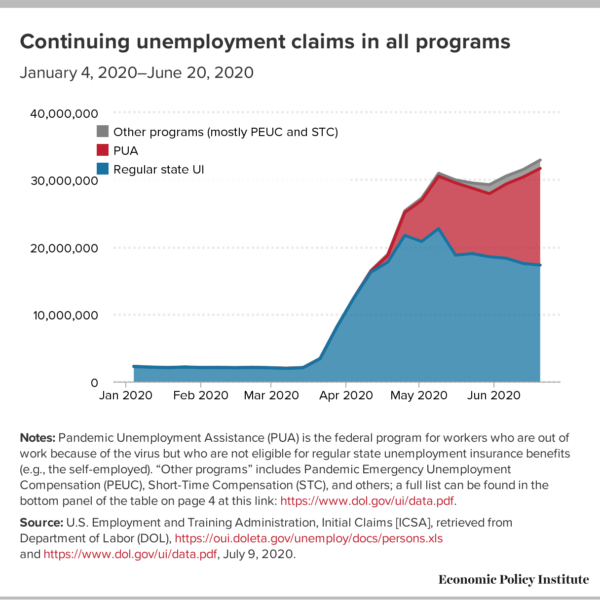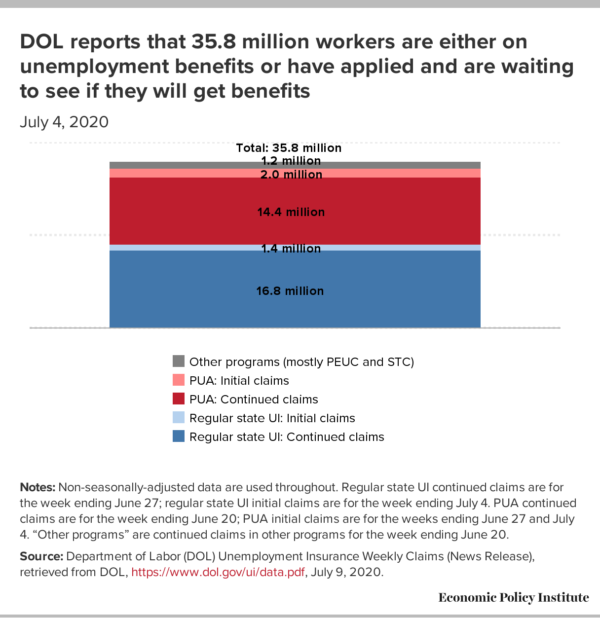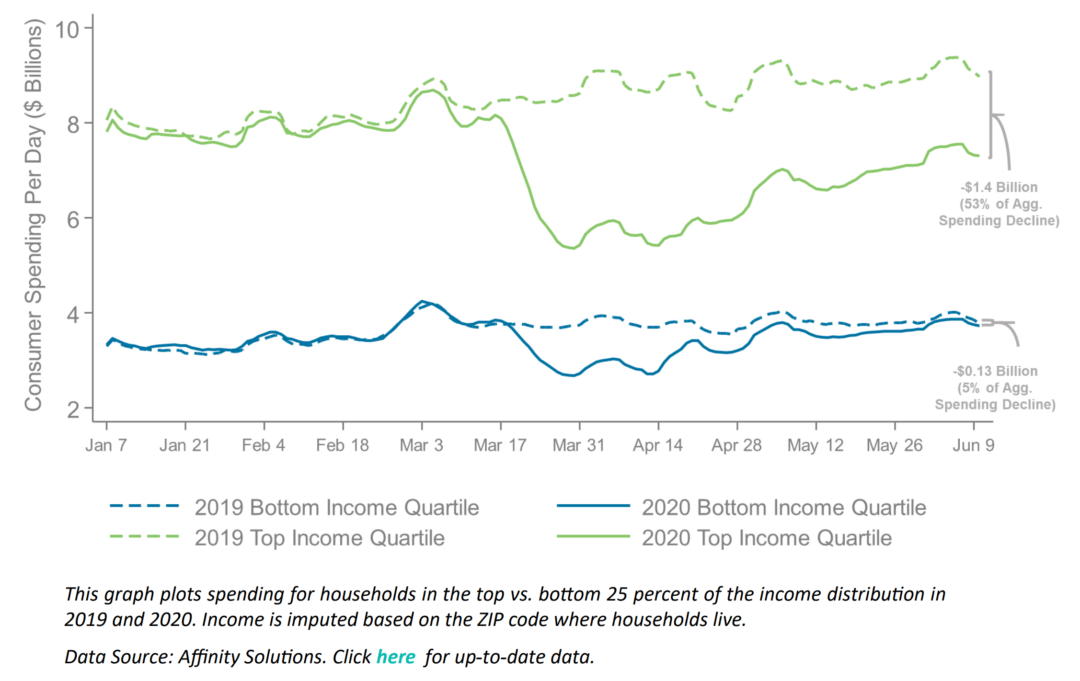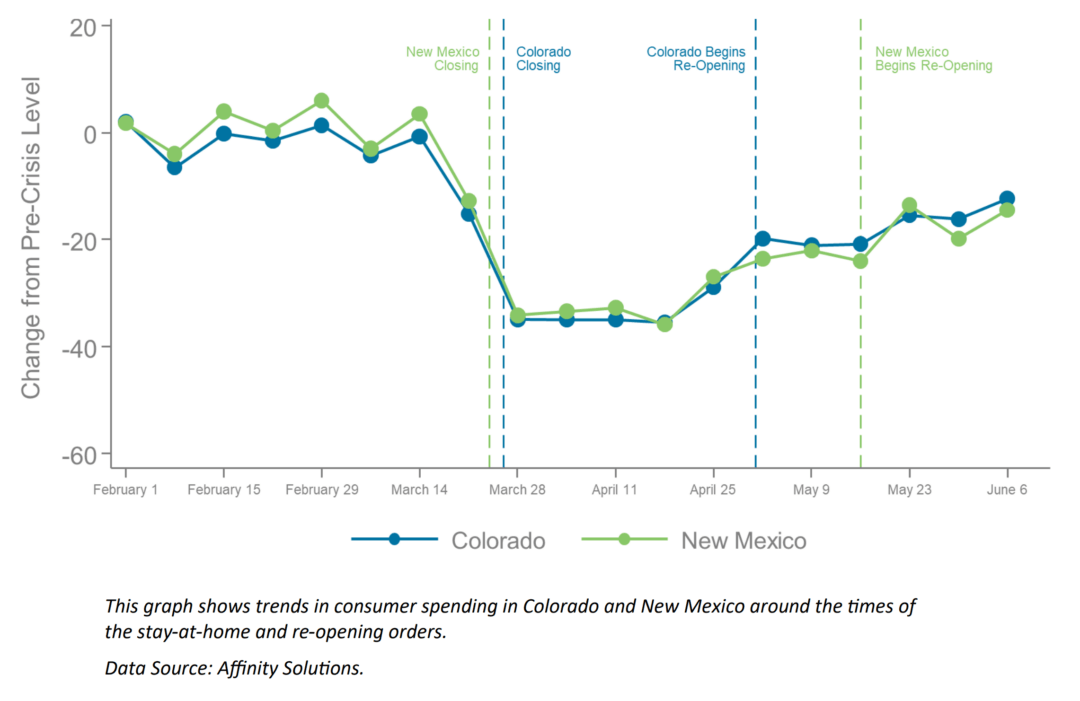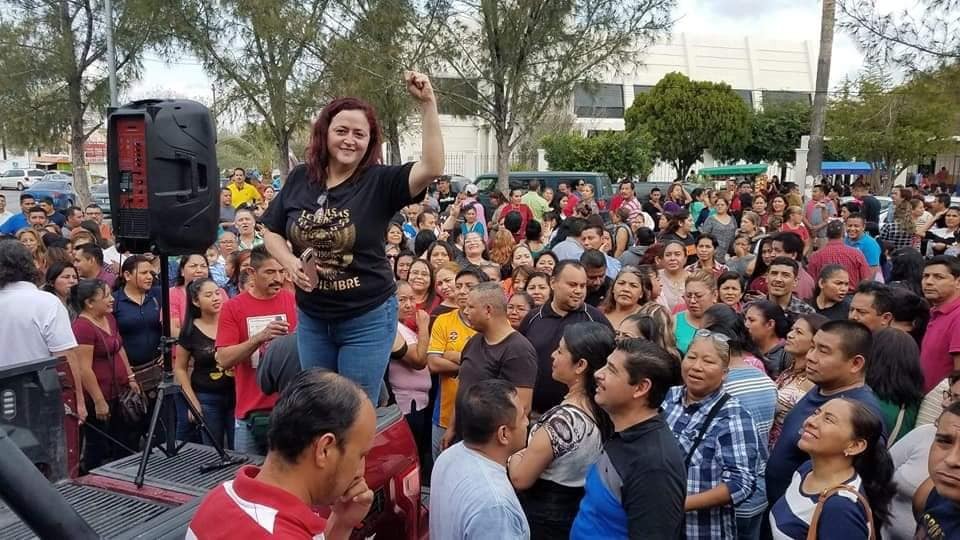I have written many times that I thought the focus on wealth inequality, as opposed to income inequality, was misplaced. There are many practical, political, and legal problems associated with taxing wealth that are considerably smaller when we talk about altering the economic structures that redistribute so much income upward.
But beyond the issue of whether inequalities of income or wealth are more easily tackled, there is also a very strange argument for focusing on wealth that is based on its impact on political power. The argument is that people like the Koch brothers or Mark Zuckerberg can gain enormous political power as a result of their immense wealth. Therefore, if we believe in democracy, we have to bring such outsized fortunes down to earth.
It is certainly true that the rich and very rich enjoy enormous political power under our current system, but it does not follow that attacking their wealth is the most effective way to restore a more functional democracy. To see this point, just imagine the most optimistic plausible scenario.
Let's say that we get progressives in the presidency, a progressive majority in Congress, and can either get a sympathetic Supreme Court or find a work around with a hostile court. Maybe in that scenario we can get a wealth tax in place in eight to ten years. Then let's say the tax has been in operation for ten years. Again, being optimistic but at least somewhat realistic, perhaps after ten years we will have downsized the big fortunes, like those held by Koch and Zuckerberg, by 50 percent.
So, in this optimistic scenario, twenty years from now, Jeff Bezos will still have $80 billion, Bill Gates will have $50 billion, and Mark Zuckerberg will have $40 billion. Will the United States then have a functioning democracy, with everyone getting a more or less equal voice?
The point here is that the rich do have a hugely disproportionate amount of political power, and we should be upset about this, but the fact is that we cannot plausibly hope to balance the scales by reducing their wealth, or at least not any time in the foreseeable future. There is an alternative route, which is both simple and already in practice: the Seattle Democracy Voucher program.
This program gives Seattle residents four vouchers, worth $25 each, to be given to the candidate(s) of their choice. To be eligible to receive a voucher, a candidate must accept limits on both overall spending and the amount of money that they can get from any individual donor. This system has allowed many candidates to run competitive campaigns, without relying at all on getting the support of rich people.[1]
This sort of system of campaign finance, focused on giving low and middle-income people a voice, will not necessarily be able to the match the millions or tens of millions that the very rich can shower on their favored candidates, but it is adequate to ensure that candidates appealing to the non-rich can get their arguments out. And, there is sufficient research to show that, while candidates need a certain amount of money to be competitive, the biggest spending candidate does not always win.
This raising of the voice of the bottom approach can be applied elsewhere, including to the media and creative work more generally. A major problem for those of us concerned about the future of democracy is the collapse of traditional newspapers and other print media. The Internet, and the rise of Facebook and Google, have deprived them of the advertising revenue they depended upon to survive. As a result, hundreds of newspapers have gone out of business in the last quarter century, and even most of those that survive have hugely cut back on their staff of reporters.
The few outlets that still maintain a large staff of reporters, such as the New York Times and Washington Post, depend on the goodwill of rich people who are prepared to lose money, or at least get well below market returns on the money they have invested in their papers. While it is great that some of very rich are committed to help maintain a vibrant press, this is not a viable long-term mechanism.
We can pick up on the Seattle democracy voucher approach to support the media as well. Suppose that every adult had a $100 a year fully refundable tax credit to be used to support the creative worker or organization of their choice. This could include individual reporters, writers, musicians, singers, or any type of creative worker, or alternatively they could support an organization, such as a newspaper, a publisher, a movie production company or any other organization that supports creative work.
There are two reasons for including creative workers more generally and not just journalists and news outlets in the list of potential beneficiaries. The first is that they have also seen plunges in revenue as a result of the Internet. The amount of spending for recorded music in particular has dropped by close to 90 percent over the last two decades. It is important to set up a new source of revenue to support creative workers.
The other reason for extending eligibility beyond news media is that we don't want the government to be in the business of deciding what qualifies as news. If a news outlet were to include opinion pieces or satire on political events, would the government allow it to get money designated for news reporting? If we draw the lines broadly, this should not be an issue. There will always be issues of outright fraud, which must be policed, but these should be far removed from anything resembling judgements about what constitutes proper news reporting and commentary.
The $100 figure is arbitrary, but even this modest sum could provide more than $20 billion a year to support creative work.[2] At a pay rate of $80,000 a year, this could support 250,000 journalists and other creative workers. It is also important to realize that this system does not preclude other mechanisms for raising revenue.
For example, newspapers can still sell print copies and get ads, as they do today. The big difference would be that this would not be their primary mode of raising revenue. Musicians, writers and creative workers could still earn money from other sources, such as live performances or conducting workshops. So, the money they receive through this tax credit system would not be the sole support for newspapers and other creative work, but it would provide an enormously important supplement that could maintain a vibrant news media and creative sector that did not depend on the good will of a small number of very wealthy people.
Going Local
Another tremendously important aspect to this tax credit route is that it can be implemented at the state or even local level, as demonstrated by the Seattle democracy voucher program. The ability to start a measure like this at the state or local level is tremendously important given the improbability of major action addressing the unequal distribution of political power at the national level.
As a practical matter, it would be a relatively simple thing for a state or city to give each of its adult residents a voucher of $100 to support journalism and other creative work. To avoid freeloading by residents of other states or cities, it can even put up paywalls, as most newspapers do now. That way, if people in Chicago, or the state of Illinois, were prepared to use their vouchers to support a high-quality newspaper like the New York Times, they would be able to get free access themselves, but people elsewhere in the United States would have to pay, just as they do now for the New York Times.
On the creative worker side, a state or city going this route could set itself up as an artistic mecca with this sort of system. It could just include a requirement that to be eligible to receive money through the voucher system, a person had to be physically present for at least nine months a year. This would attract musicians, singers, writers, and other creative workers, since they would want to be eligible for this pool of money. Furthermore, to make additional money and to increase the likelihood that residents would support them, they would want to perform their music, or offer workshops, or engage in other activities that would make them known to the community. These activities would also attract tourists from around the country.
The key point here is of course to establish an alternative mechanism for supporting an independent media. If this can be done successfully in a city or state, it is likely to be emulated by others. Ideally, it would be adopted nationally, but even if just a small number of cities and states went this route it can provide a substantial measure of support that does not currently exist.
In any case, even a single city would be a big step forward. We can sit around and wait for the gods to make things work out to our liking so that there is a radical downward redistribution from the very rich to everyone else or we can take simple steps that will actually have an impact. We know liberal funders much prefer the former route, but anyone who actually gives a damn about inequality better be looking for things we can do now.
[1] There are comparable systems that amplify the voice of people with less money, such as the "super-match" system that New York City has in place for local elections. Under this system, small donations can be matched up to eight to one for candidates that limit their spending and large contributions and meet other criteria. The advantage of the Seattle system is that the vouchers can give a voice even to people who may find a small contribution to be a substantial burden.
[2] I would require a trade-off to be eligible for this money that the recipients could not also get copyright protection for their work. The government supports you once, not twice. If you take the money, then your work is in the public domain and can be freely reproduced and transferred. We want people to have access to the material that the government has paid for. I discuss the mechanics of this sort of system in more detail in chapter 5 of Rigged [it's free].
The post Combating the Political Power of the Rich: Wealth Taxes and Seattle Election Vouchers appeared first on Center for Economic and Policy Research.
-- via my feedly newsfeed
